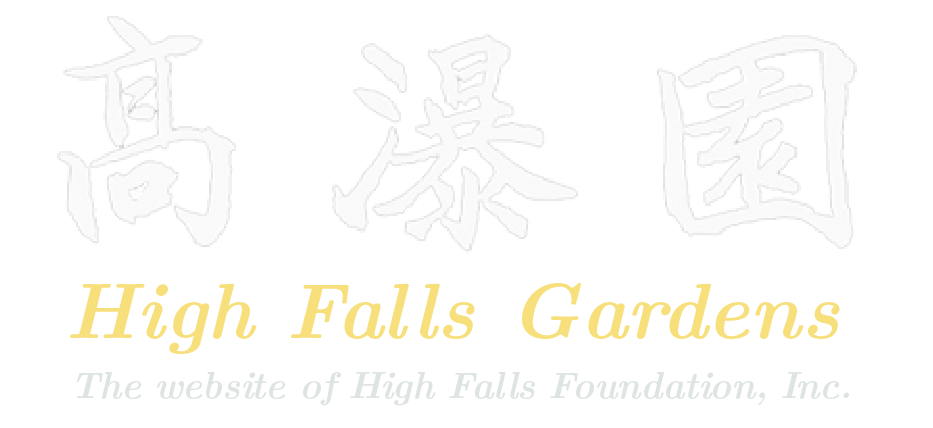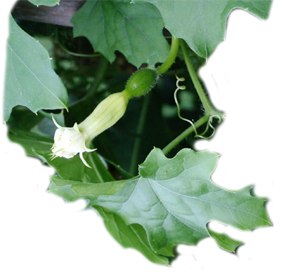by Jean Giblette
There I was, Wednesday the 22nd of April 1970, standing on the observation deck of the Prudential Tower, then the tallest building in Boston. Off to the east, thousands of people were gathered on the Common.
I felt the upwelling of an unfamiliar joy — the joy of survival? We who were young American adults at that moment had experienced years of trauma — societal leaders assassinated in rapid succession, countless demonstrations, multiple riots, people up against nominal authority shot to death and, of course, the brutal slaughter of innocent people in a distant country along with television views of family and friends coming home in body bags.
Later, on 15 September 2001, I again felt that joy – like a wave that washed over me – upon walking into an art gallery and spotting a familiar landscape painting by a local artist. Suddenly, the sheer beauty of my natural surroundings overwhelmed me and without much hesitation I laid down my credit card for what to me was a huge sum for the painting. Now it hangs on the wall of my home and serves to remind me with each glance how unutterably precious is this life on this Blue Planet.
The first Earth Day marked a turning point in the spiritual consciousness of my generation and, to various degrees, the world at large. I would retire that word “consciousness” which has been overused and exploited. What we felt was actually a kind of recognition. Rachel Carson and others had laid the groundwork. Suddenly, we remembered how embedded is our existence in nature, and how all our actions affect Mother Earth for better or worse.
We knew the times they were a changing, that we were stardust, golden, and had to get back to the Garden. The great bards born just ahead of us had prepared the way. JRR Tolkien’s little paperbacks had been published in the USA in 1965. Then after Earth Day more artistry reflected the recognition we felt: the writings of Wendell Berry, the iconic films Soylent Green and Silent Running, the ecological agriculture journal Acres USA, to name just a few examples.
Some of us, even those with no agriculture background, went back to the land to found organic farms that became prototypes for later efforts. A few people went to western Pacific countries to study Chinese medicine, and came back to the West to found a new alternative healthcare system. Another few took a cue from CJ Jung, then rediscovered and updated the ancient practice of astrology as a psychotherapeutic modality. These three social innovations have remained more or less under the radar or underground for fifty years, unacknowledged if not vilified by the conventional mass media.
For a while there was some progress. The establishment of the Clean Air Act, the EPA, the Endangered Species Act. Finally, woefully overdue, the end of the Vietnam War. Then the dinosaurs reasserted themselves.
Today, if one is still captivated by the fear-mongering, mind-numbing dinosaur media, it’s all but over. We are about to lose the battle against climate change, human rights have been curtailed, and the number of ways we can extinguish our species and others increases day by day.
If one is still working underground the outlook is different. We are cash poor, and must scurry like small mammals to avoid the lashing tails of the dying monsters. But the foundations have been laid. Enough people recognize them to insure they will prevail. After all, it is a matter of survival.
Ecological gardeners know from direct experience that even small efforts to conform to nature’s principles yield unexpected bounties. Changes come quietly, arising from the grassroots. We do not despair, for as the Bard said, “there are more things in heaven and earth, Horatio, than are dreamt of in your philosophy.”
It’s been an amazing and joyful journey of rediscovery, 1970-2020.



